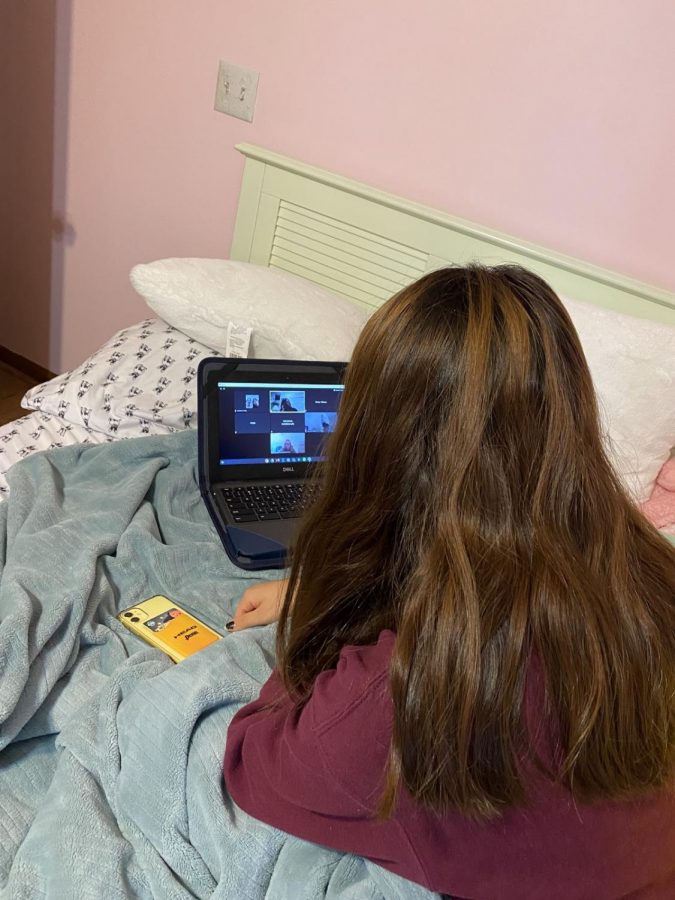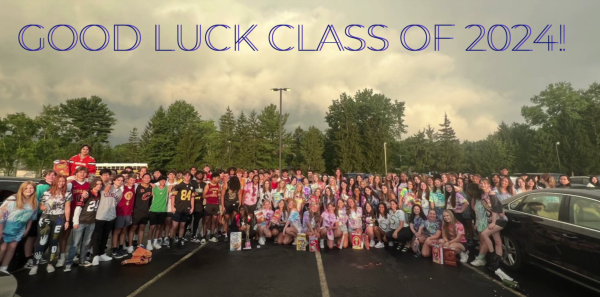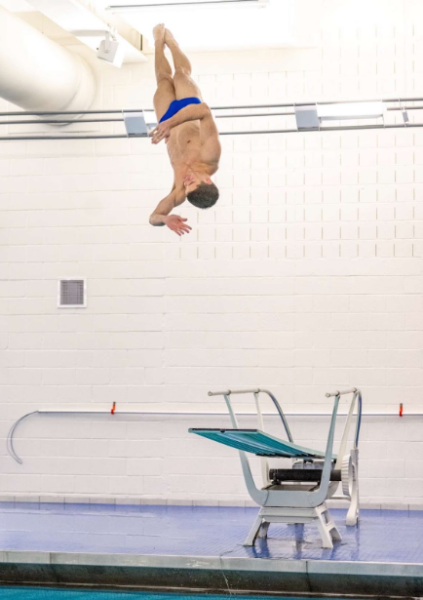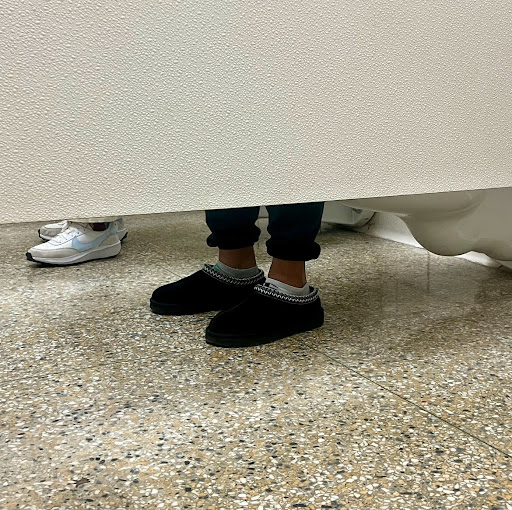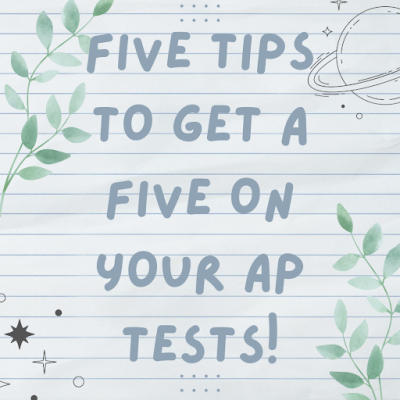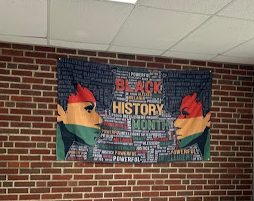How teachers are keeping students engaged online at SHS
November 5, 2020
This school year, both Solon High School (SHS) teachers and students are experiencing new changes while engaging and being engaged online amidst COVID-19. Teachers have the pressure of coming up with new ideas to captivate students’ attention and students are met with many distractions from texting to eating during classes that may hinder their engagement in online classes.
Since social distancing must take place, and the majority of students are still online, teachers are faced with the challenges of adjusting their in-person classes to fit the online learning environment.
Before COVID-19, teachers had ways to connect with students, whether it was during interactive discussions with the class or in the hallways, before classes or during lunch where they could talk to one another without the worry of spreading a disease. What seemed like a small part of the day impacted communication like never before.
Activities, class discussions, and group work are just some of the things teachers are trying to make students engage in, especially when they are sometimes taking class while still in the comfort of their bed. With the access students have to muting themselves as well as turning off their cameras, teachers don’t even know if all their students are even sitting in the class.
Teachers are having to instruct their classes with the resources they are also new to and still exploring, so many classes are testing what will be good to keep.
“I am trying out a lot of new technology,” said Solon High School English teacher Nanci Bush. “I include videos for the students, sometimes I make them, sometimes I’m finding them. I also use Kahoots, PearDeck and we are using Membean again for vocabulary.”
SHS AP World History teacher Robert Northrup also gives insight on the troubles teachers are having with keeping students focused from a screen. According to Northrup, in previous school years, teachers went through trial and error with what works and what doesn’t with their students, but this year they had to go in with nothing at hand. The standard classroom has now become a screen full of faces, and many obstacles have appeared with this new system.
“That idea of conversation has simply gone away, and getting people to unmute is what I am after,” he said. “When I go into these breakout rooms, everyone’s camera is off, and everyone is muted.”
Northrup spoke about one method he has tried recently that is similar to writing on a whiteboard, except now in a shared Google document.
“I thought, why don’t I just let everyone edit this document,” he said. “It was cool to see how twenty five people were working on the same document. It is something I am putting in my bag of tricks.”
Teaching is progressing using new approaches to online resources, and SHS senior Esha Wankhade speaks on her experience of these teaching methods so far from the learning side.
“There are hours before and after school where teachers can answer questions students have or help them if they are struggling on anything,” she said.
With this being said, it is up to the student to reach out for additional help, and oftentimes students are hesitant to be the first to ask for help, and with online learning, teachers aren’t able to be as observant for kids who are struggling.
COVID-19 seems to be becoming a norm in our lives, so online learning seems to be something that will stick for now, and changing back to normal classrooms most likely won’t happen anytime soon. In the meantime, both students and teachers must deal with the new norm of learning and teaching from their homes.

